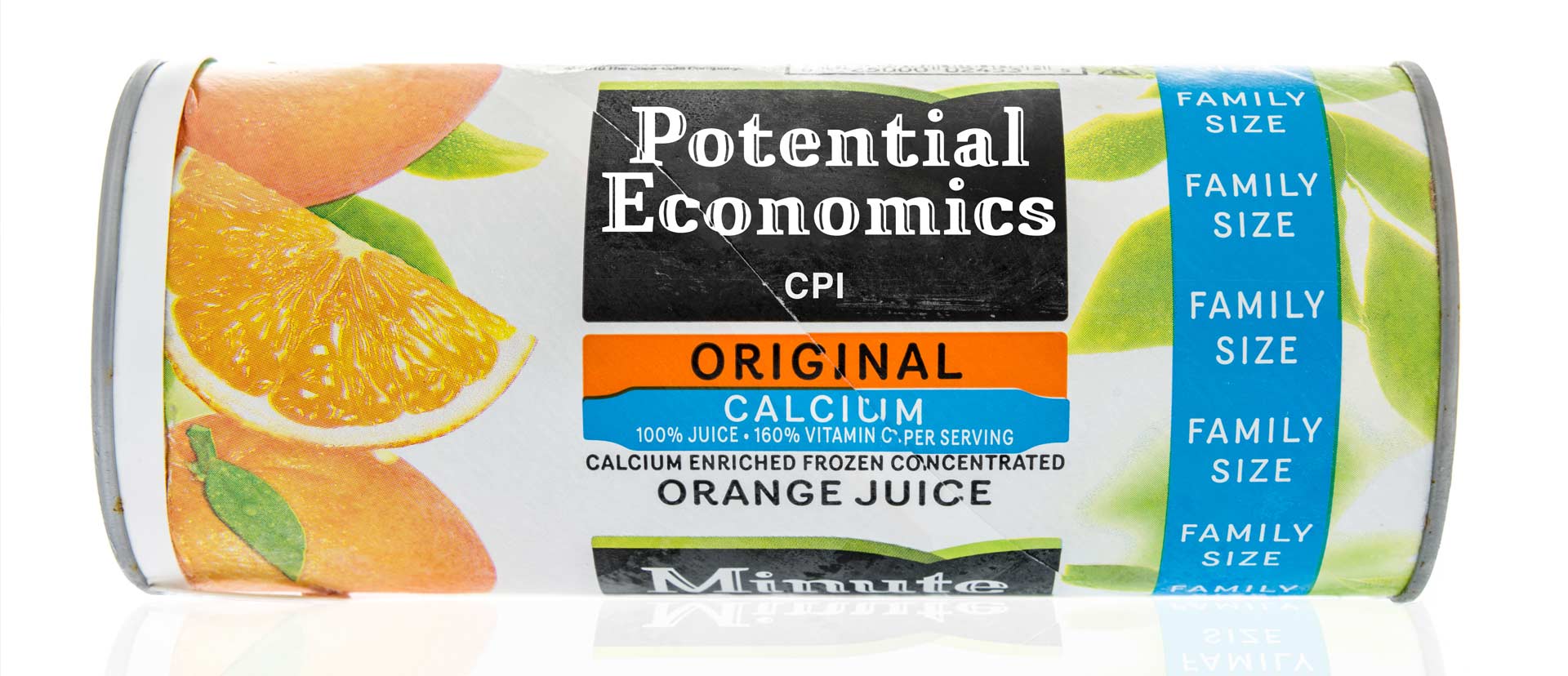Dear Readers,
Potential (as opposed to “actual”) competition is defined, essentially, as a competitive constraint on a given firm’s behavior that might “potentially” arise, but has not done so yet. Modern economic thinking places increasing importance on taking potential competition into account in assessing antitrust issues.
How is potential competition defined? For example, it might be most evident where the entrant poses a threat based on a particularly disruptive innovation, an innovative business model, or access to (or ownership of) specific intellectual property or physical infrastructure that others might lack. In addition, the fact that the potential entrant has infiltrated similar markets before might constitute such evidence. The relative specificity of its ability to clear a high entry hurdle might also be demonstrated if it has already entered while others either have failed, or have yet to try.
Potential competition analysis is relevant to almost every field of antitrust law (mergers, monopoly control and restrictive practices), and can be important in many markets. For example, concerns are often raised regarding acquisitions of start-ups by incumbents in the tech sector, on the basis that the acquisition could remove the future constraint that a potential rival producer of a substitute product would have placed on the incumbents. So-called pay-for-delay agreements in pharmaceutical and biotechnology markets have also been subject to scrutin
...THIS ARTICLE IS NOT AVAILABLE FOR IP ADDRESS 216.73.216.89
Please verify email or join us
to access premium content!

